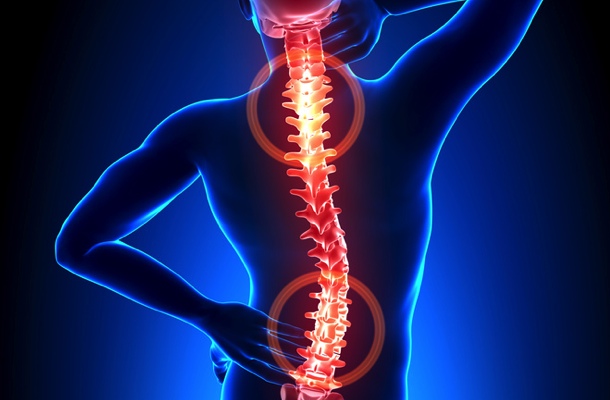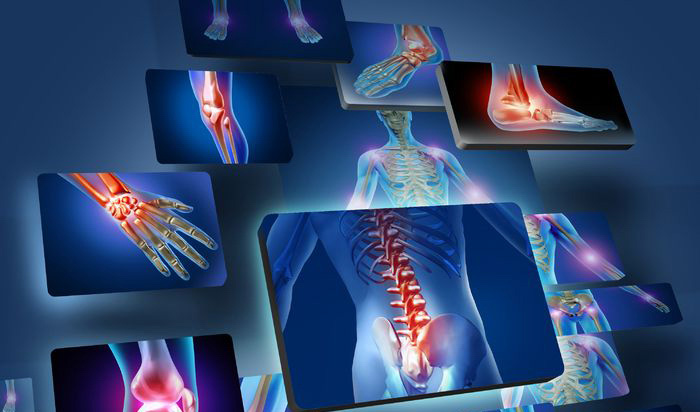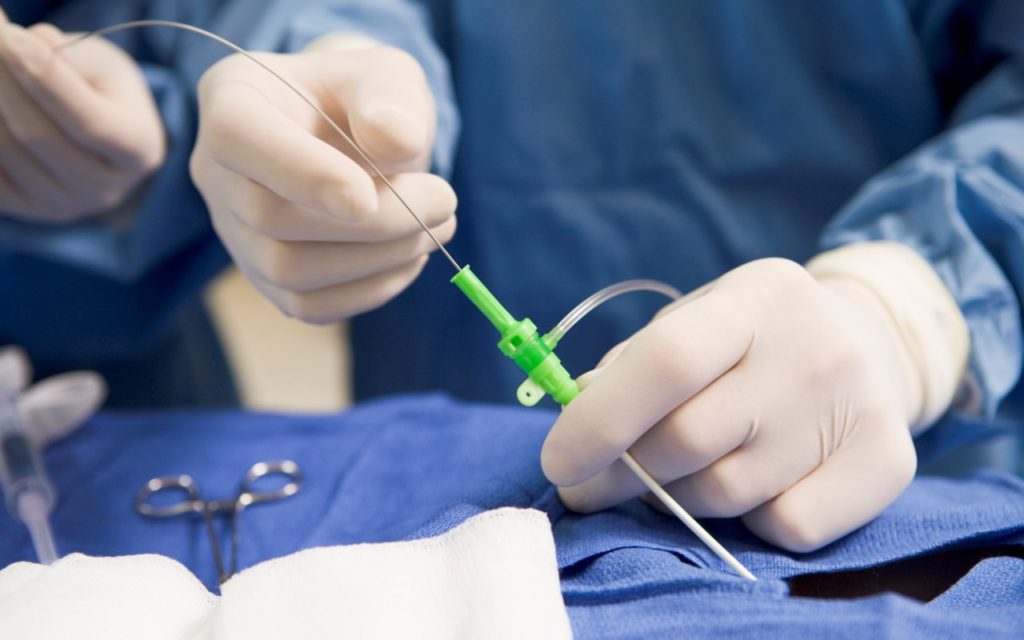98% satisfaction. That’s an incredible satisfaction rating in any area of service. When you talk about 98% patient satisfaction for total knee replacement it means even more.
The goal of orthopedic care is to relieve pain and restore function. But the goal extends beyond that. Knee pain and loss of function affect your quality of life, and ultimately, we want to get you back to enjoying life.
Technology continues to advance and improve surgical outcomes in orthopedic care. Remote patient monitoring is one of those technologies that is changing knee replacement.
In total knee replacement, the implant must be aligned properly with the bones and soft tissues in the knee. Much like when your car alignment is out of place, implant alignment can affect performance and wear of the joint.
Previously, surgeons had to “feel” the balance in your knee during total knee replacement. Now, we can actually quantify the soft tissue balance in the knee with VERASENSE technology.
The benefits of this remote patient monitoring include:
- Real-time data feedback during surgery
- Customized implant positioning
- Proper soft tissue balancing
- Increased accuracy of implant positioning
Patients who have experienced knee replacement with VERASENSE have had less pain, a quicker return to normal activities, improved knee function, and improved patient satisfaction.
In fact, patients in a three-year multicenter study whose knees were balanced using VERASENSE showed 98% patient satisfaction compared to 87% among those not balanced with VERASENSE. Patients also reported being less aware of their knee replacement and had significantly higher range of motion.
Advances in technology are improving surgical outcomes and that means higher satisfaction for our patients. Remote patient monitoring can be used in primary and revision total knee replacement.
Our principal orthopedic surgeon in Kenya, who is a trendsetter and leading provider of comprehensive joint disease care and fracture care in Nairobi, Kenya, delivers the expert orthopedic care you need, right when and where you need it. His practice is always on the cutting edge of surgical and nonsurgical technologies, such as PRP (Platelet Rich Plasma) injections, conservative treatments, and state-of-the-art orthopedic care.












